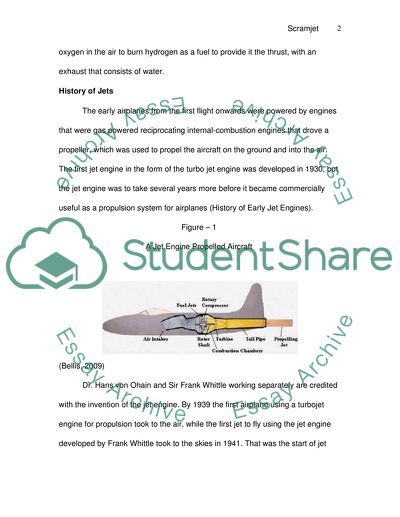Cite this document
(SCRAMJET - Engines for Planes and Rockets Article, n.d.)
SCRAMJET - Engines for Planes and Rockets Article. Retrieved from https://studentshare.org/technology/1731669-scramjet
SCRAMJET - Engines for Planes and Rockets Article. Retrieved from https://studentshare.org/technology/1731669-scramjet
(SCRAMJET - Engines for Planes and Rockets Article)
SCRAMJET - Engines for Planes and Rockets Article. https://studentshare.org/technology/1731669-scramjet.
SCRAMJET - Engines for Planes and Rockets Article. https://studentshare.org/technology/1731669-scramjet.
“SCRAMJET - Engines for Planes and Rockets Article”, n.d. https://studentshare.org/technology/1731669-scramjet.


